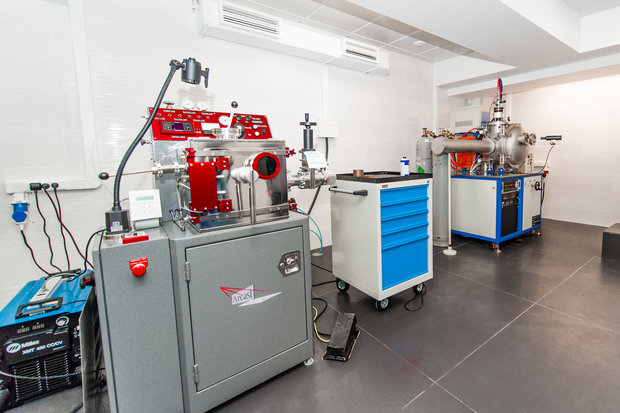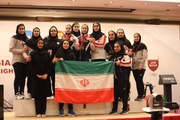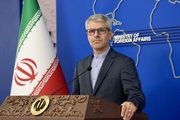The National University of Science and Technology MISIS (NUST MISIS) has launched an innovative project to develop amorphous and nanocrystalline materials based on ferrum, which have a high energy efficiency and as a result, improved functional capabilities. The new materials will be applied in many modern industries – from space technology to sports equipment.
For the project's realization NUST MISIS has invited Professor Akihisia Inoue, the world's leading expert in the field of bulk metallic glass, metal alloys in a super-cooled state, and nonequilibrium metallic materials, to head the research. The distinguished scientist will lead the newly established NUST MISIS Advanced Green Materials Laboratory. The group will develop amorphous and nanocrystalline alloys based on ferrum with high-strength, soft-magnetic materials, which is an ultra-high-strength bulk metallic glass with a soundness and elasticity that exceeds the strength of modern steels and has wear-resistant, corrosion-resistant, and anti-radiation coating. Such materials will be in demand as parts of micromotor details, component parts of electric power converters, and protective coatings for components operating in aggressive environments.
One of lab's main directives is the development of new, soft-magnetic materials (which can utilize magnetization reversal without significant energy cost) for a significant reduction in electrical power expenses. It is well-known that the energy losses in the magnetic chokes of electric devices such as motors and transformers comprises 3.5% of the total energy consumption in the world. Used in 95% of cases nowadays the magnetic steels are close to their limit when compared to the capacity of soft-magnetic materials, and with the growing demand for electricity and the continuing depletion of natural resources it is necessary to develop these new soft-magnetic materials with an amorphous and nanocrystalline structure. The alloys that are under development now contain only inexpensive materials such as Iron, Boron, and Silicon to lower their cost and therefore raise industry interest in them. In addition, compared to crystalline analogues the glass in development has much higher strength, solidity, and wear resistance.
“I have been engaged in studies and development of metallic glass, including bulk metallic glass, since 1974. During this very long period of time I've seen nearly everything in the industry, from the first results of the topic's fundamental research to its commercialization. With the NUST MISIS research team we are going to develop metallic glass with improved characteristics such as soft-magnetic properties, high-saturation magnetization, high strength, and plasticity,” said Professor Akihisia Inoue.
The production of the first set of bulk metallic glass is planned for 2021.
HA/PR






















Your Comment